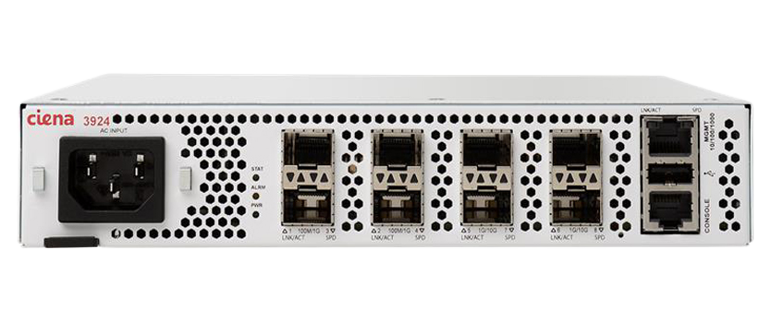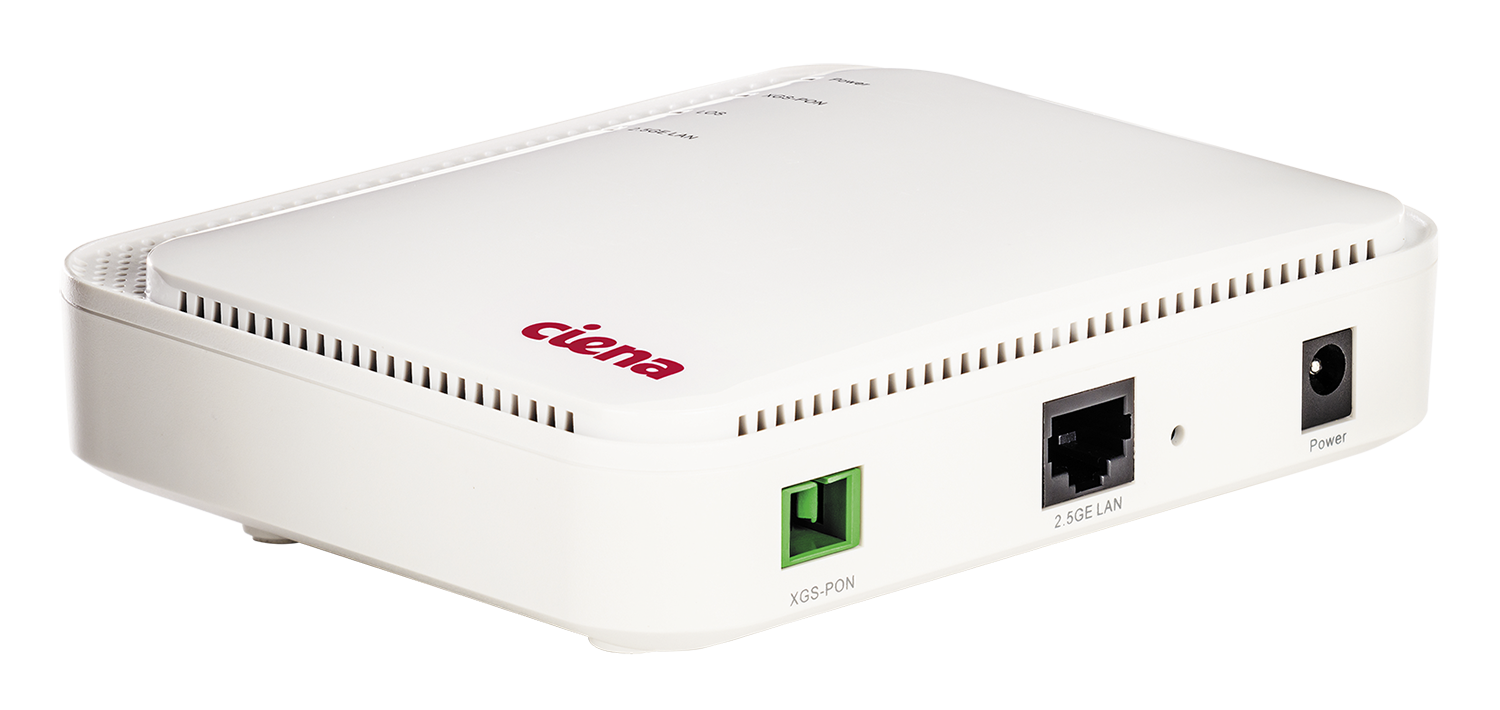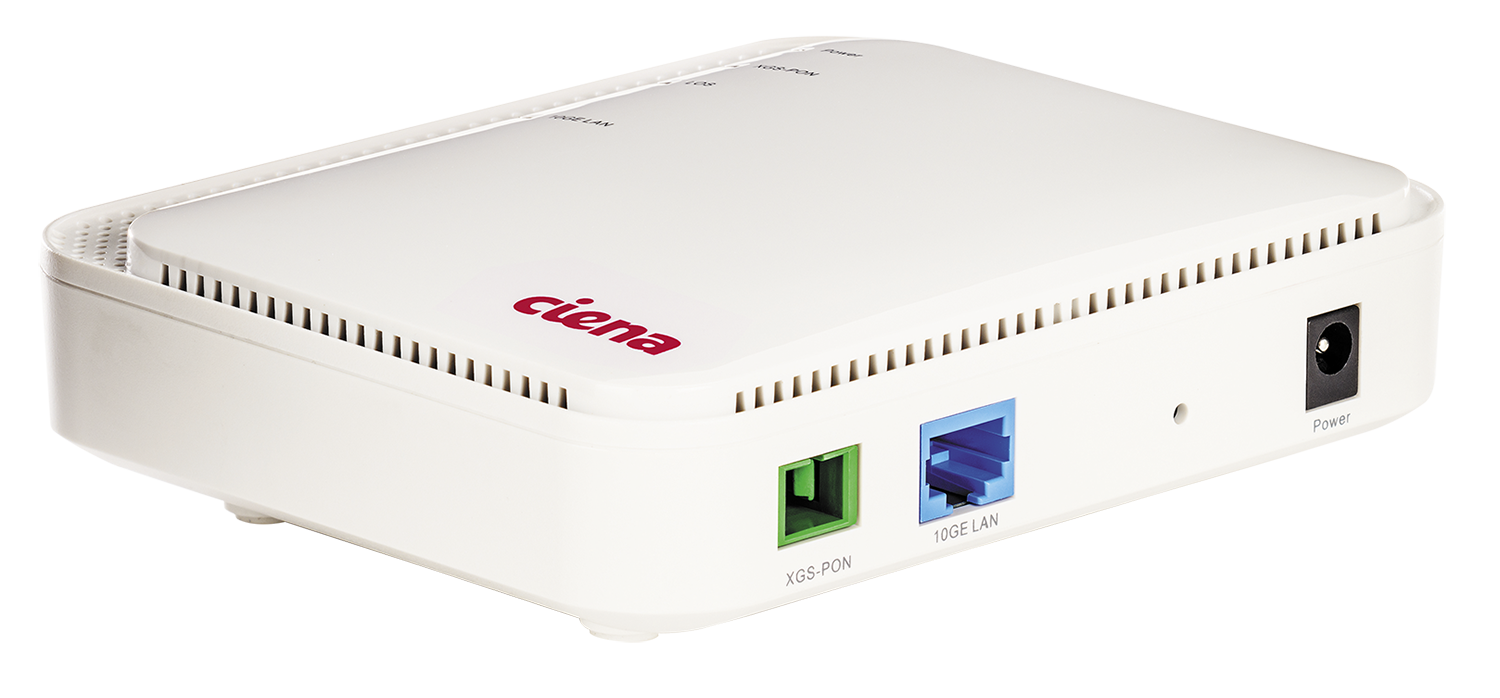
Ciena’s 3924 Platform is purpose - built for 10 Gb/s service delivery in a variety of business or mobile backhaul environments. The 3924 features a high - capacity 44 Gb/s switching fabric supporting four 10GbE/1GbE ports and four 1GbE ports in a compact 1RU chassis. The compact, cost - effective open network edge platform is powered by a built - in simplex AC power supply and designed to fit two 3924s in a single rack, to support a variety of deployments.

44 Gb/s of non - blocking switching capacity in a compact service demarcation device, running Ciena’s SAOS for advanced OAM and QoS functions

Low footprint 1RU half nineteen packaging with 9.86”/251mm depth and 8.5”/216mm space - constrained locations

4 x 1GbE/10GbE, 4 x 100M/1GbE fixed ports

Ciena’s MCP multi - layer support for end - to - end network management control and planning

Carrier Ethernet, IP routing and Segment Routing

Hardware - assisted packet OAM scaled to deliver 10GbE services with guaranteed SLA differentiation
InterfacesEthernet Ports
Other
Power Requirements
Physical CharacteristicsDimensions170-3924-901/902/903/904:
Weight 170-3924-901/902/903/904:
Environmental Characteristics
Standards Compliance
|
Ethernet
MEF 3.0 Compliance
| Carrier Ethernet OAM
Synchronization
|
Networking Protocols
|
Network Management
|
Ethernet
| MEF 3.0 Certified
Carrier Ethernet OAM
Synchronization
Agency Approvals
|
Networking Protocols
|
Network Management
|
 The Adaptive Network
The Adaptive Network




